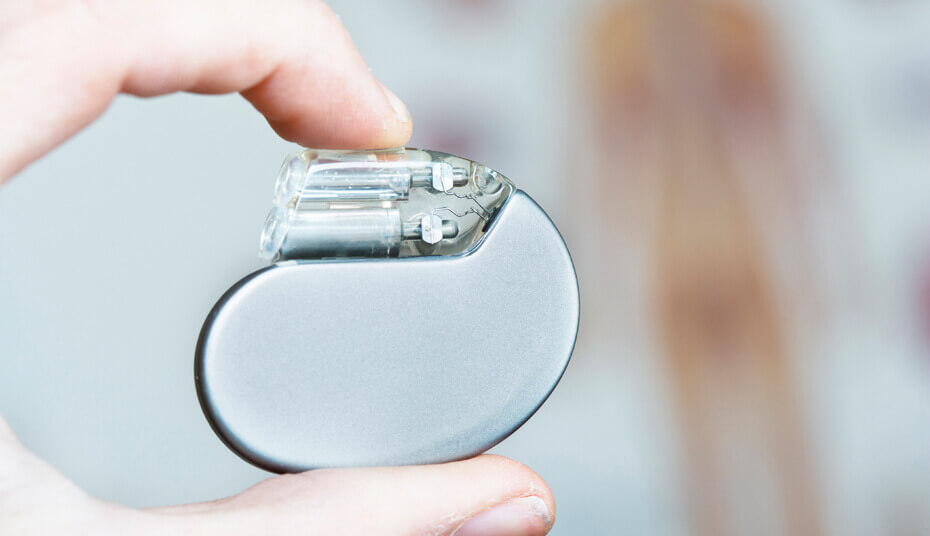SCS Blog
Recent SCS Blogs
Parylenes for Biomedical Implantable Devices
Whenever implantable medical devices come into contact with the human body, long-term protection against body fluids, enzymes, proteins, lipids and more is vital. Biomedical surfaces commonly require a layer of protection in order to not degrade in the presence of moisture, chemicals and other potentially harmful substances. A downfall for wet chemistries, e.g., liquid coatings... Read More >>

Parylene Adhesion to Noble Metals
Parylene adhesion can be difficult to manage. Unlike other coatings that adhere to the surfaces they coat, Parylene sticks to itself. This can cause issues when it needs to be applied to smooth surfaces, like areas made of stainless steel or noble metals like gold or silver. Given Parylene’s numerous advantages, investigating methods to enhance... Read More >>
Parylene and Arathane® 5750: Low Outgassing Conformal Coatings
Outgassing occurs when previously adsorbed or occluded gases or water vapor are released from materials. With respect to protective conformal coatings, outgassing encompasses the discharge of gases previously confined within a high-frequency printed circuit board (PCB) or similar assembly material, often resulting in functional difficulties. For instance, outgassing can negatively impact the performance of PCBs... Read More >>
How to Improve Parylene Adhesion
Through the deposition process, Parylene does not adhere chemically, only mechanically, to any given substrate. In order to improve Parylene adhesion for a wide variety of substrates, different methods of surface modification via adhesion promoters must be used. Adhesion promotion methods are typically used before the actual coating process. However, some can be integrated during... Read More >>
Parylene Barrier Properties
Permeation barriers for electronic devices are essential to assure their ongoing performance through a wide range of operational environments. Polymer flexible conformal coatings provide good barrier protection, shielding device substrates from unwanted incursion by solid contaminants, chemicals, gaseous permeation and liquid water or vaporous forms of moisture. Permeability reduction improves with enhanced coating adhesion, minimizing... Read More >>
Common Parylene Problems
In addition to cracking, several associated issues may interfere with the successful coating of Parylene films. Due to its chemical vapor deposition (CVD) process, Parylene forms a structurally continuous film covering a PCB or similar assembly. In CVD, the interaction of vapor-phase chemical reactants formulates a non-volatile solid film on a substrate, which is useful... Read More >>
Parylene Propels MEMS Design
Parylene is proven to be an ideal material for sealing, insulating and protecting electronic modules, devices and circuit boards. Parylene is applied in uniform layers and stands up to many environmental hazards. These same properties also make Parylene an excellent choice for micro-electromechanical systems (MEMS) – sensors, actuators and structures forged from silicon using industry... Read More >>
What Can Be Parylene Coated?
We often receive the question “what can be Parylene coated?” With over 50 years of applications experience, the list of potential products and substrates that can be coated is virtually endless! A quick look at some of the different items that SCS has coated with Parylene over the years reveals, more often than not, that... Read More >>

Help! My Board is Failing, but it’s Already Coated!
Conformal coatings are designed to protect printed circuit boards (PCBs), assuring they work under all operational circumstances. However, cases emerge where boards fail to function despite conformal coating protection. Such non-performance can be a consequence of problematic conditions already existing on the PCB prior to coating, using the wrong coating materials for the particular project... Read More >>
Conformal Coating Standards: MIL-I-46058C, UL 746E and More
The conformal coating standards that currently exist can be considered from two points of view. First, there are the standards that are used by the manufacturers of conformal coatings to qualify the products, whether that is done by self-certification or completed by independent testing. Second, the standards are a method for users to determine the... Read More >>

